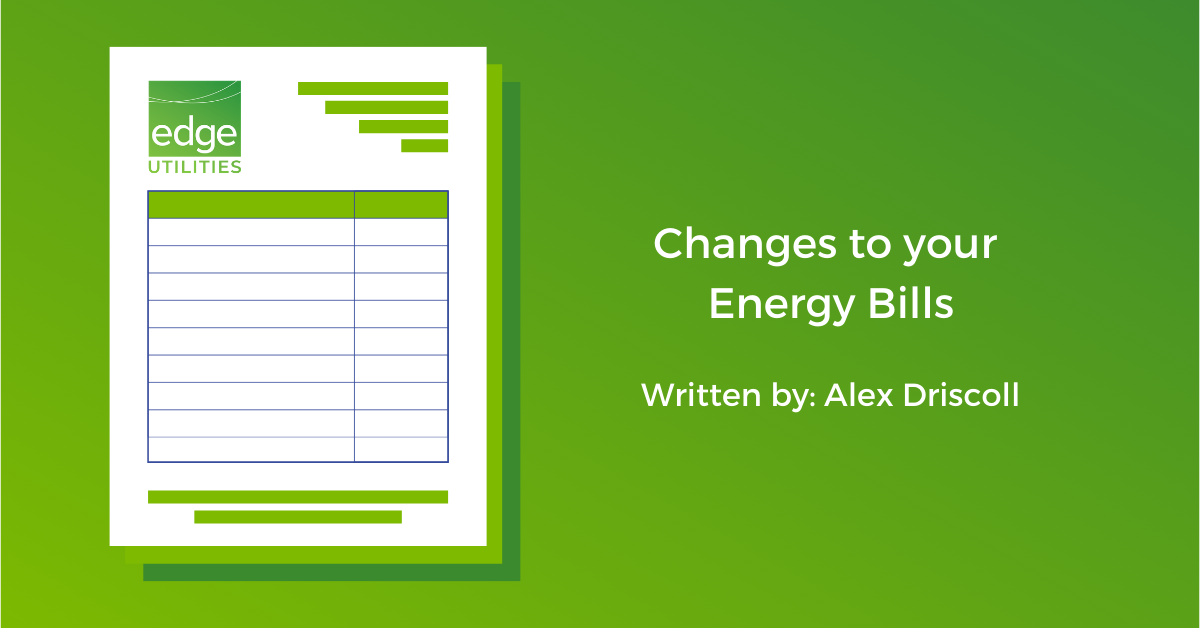Tomorrow night the federal government is expected to announce $58.6 million in funding to drive its gas-led recovery. Prior to the budget, on Friday the federal government released its interim National Gas Infrastructure Plan that advised where the funding would be used.
Building on Australia’s gas fired recovery plan released in September 2020, the interim report outlines $38.7M will be spent on early works to support critical gas infrastructure projects, $3.5M for the development of a long-term Future Gas Infrastructure Investment Framework, $4.6M to develop initiatives that empower gas reliant businesses to negotiate competitive outcomes, $6.2M to design, consult and implement reforms to continue accelerating the development of Wallumbilla as Australia’s Gas Supply Hub and $5.6M to develop a further National Gas Infrastructure Plan for 2022.
This funding is to ensure there will be enough supply to meet demand on the east coast gas market, part of the funding could go to Australian Industrial Power, a company setup to build a gas import terminal and power station at Port Kembla.
Other beneficiaries of the funding include the Golden Beach gas production and storage project in Gippsland, Victoria that could receive a short-term loan of up to $32 million and support for a business case for the expansion of the South West pipeline. The South west pipeline will allow additional capacity to be used at the Iona storage facility. These projects are expected to deliver 1,000 new jobs.
Modelling for the Interim National Gas Infrastructure Plan continues to show a potential shortfall in gas supply by 2024. These shortfalls are expected to occur during peak demand times so as a result funding is designed to stimulate the availability and reliability of high gas volumes close to the demand centres at very short notice. The report also noted the requirement for supply flexibility.
Pipeline developers are concerned that funding for an LNG import terminal will take the focus away from the existing Australian resource projects.
The final National Gas Infrastructure Plan is due by the end of the year and pipeline developers such as the Hunter Gas Pipeline are increasingly frustrated as they have to wait until the final plan to see if they can receive support to build a new pipeline from Queensland to Newcastle.
Other developers are concerned projects such as a pipeline in the Bowen basin should be fast tracked to allow the export of up to 15,0000PJ.

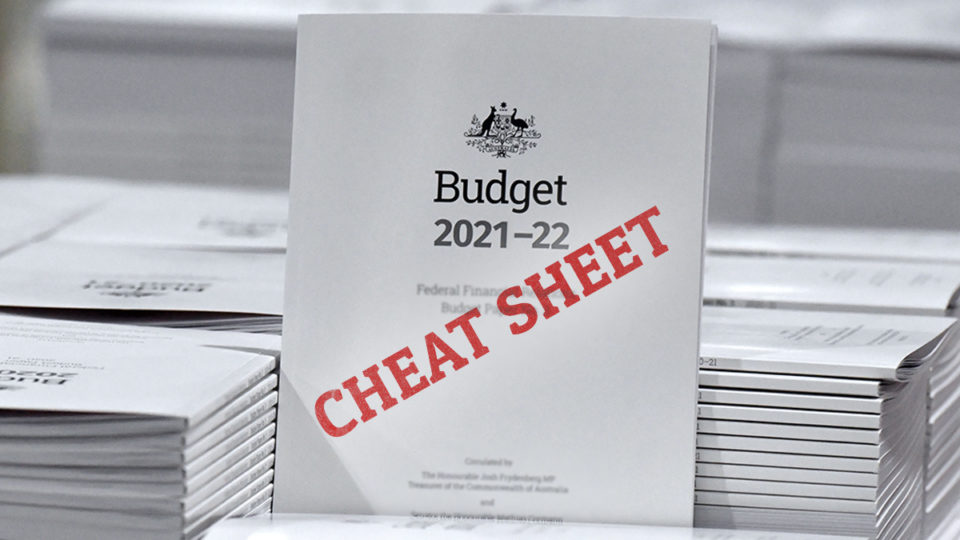
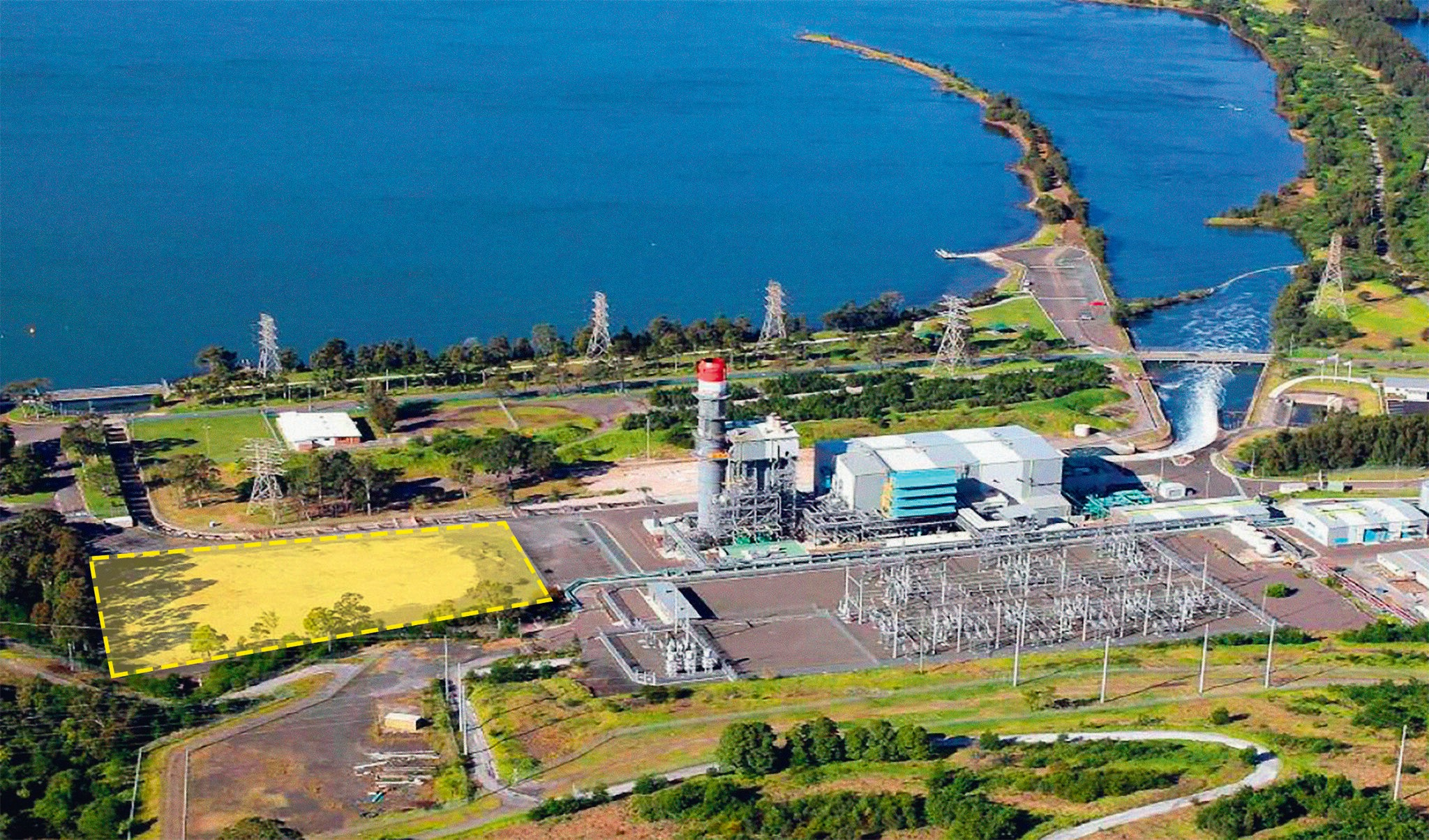
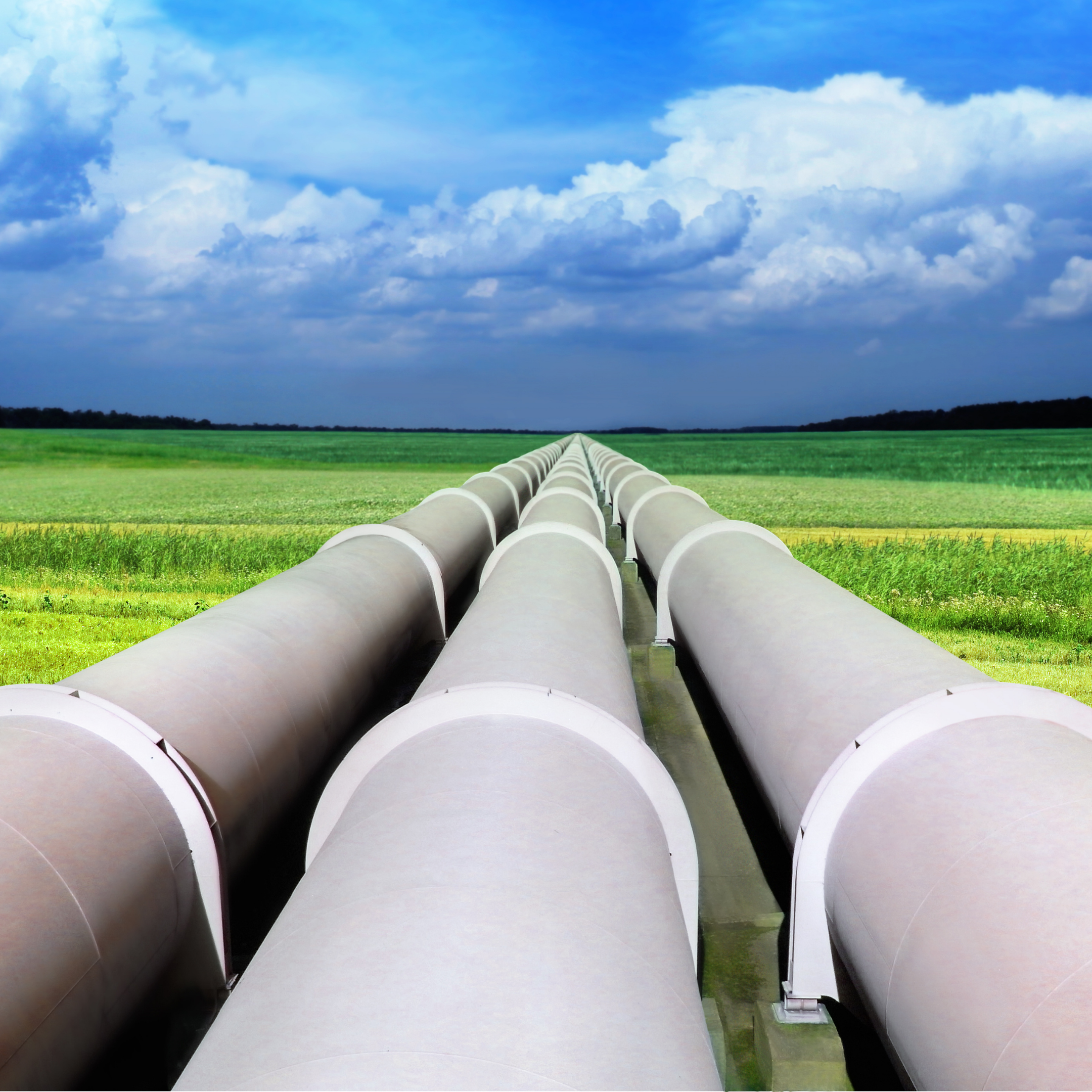
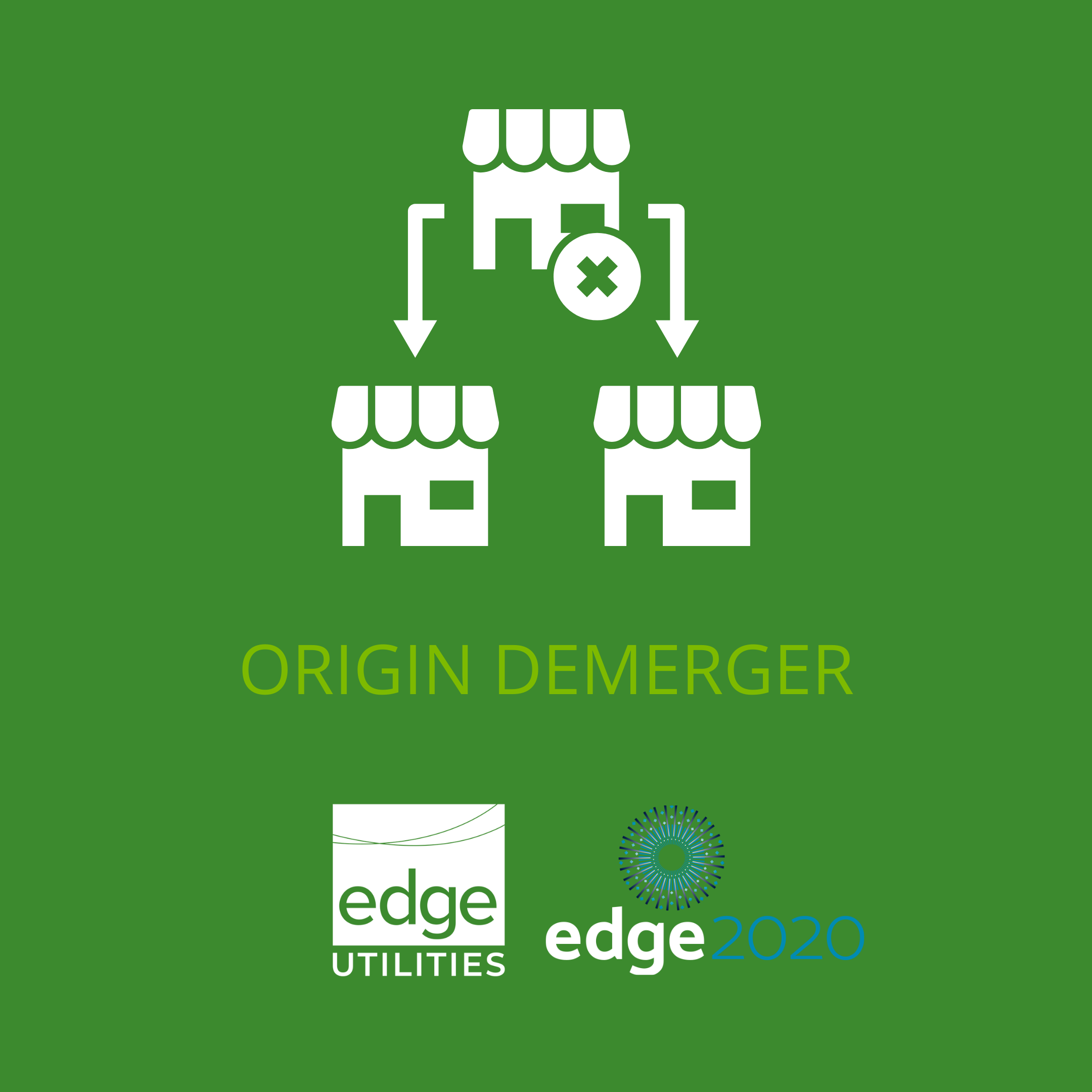
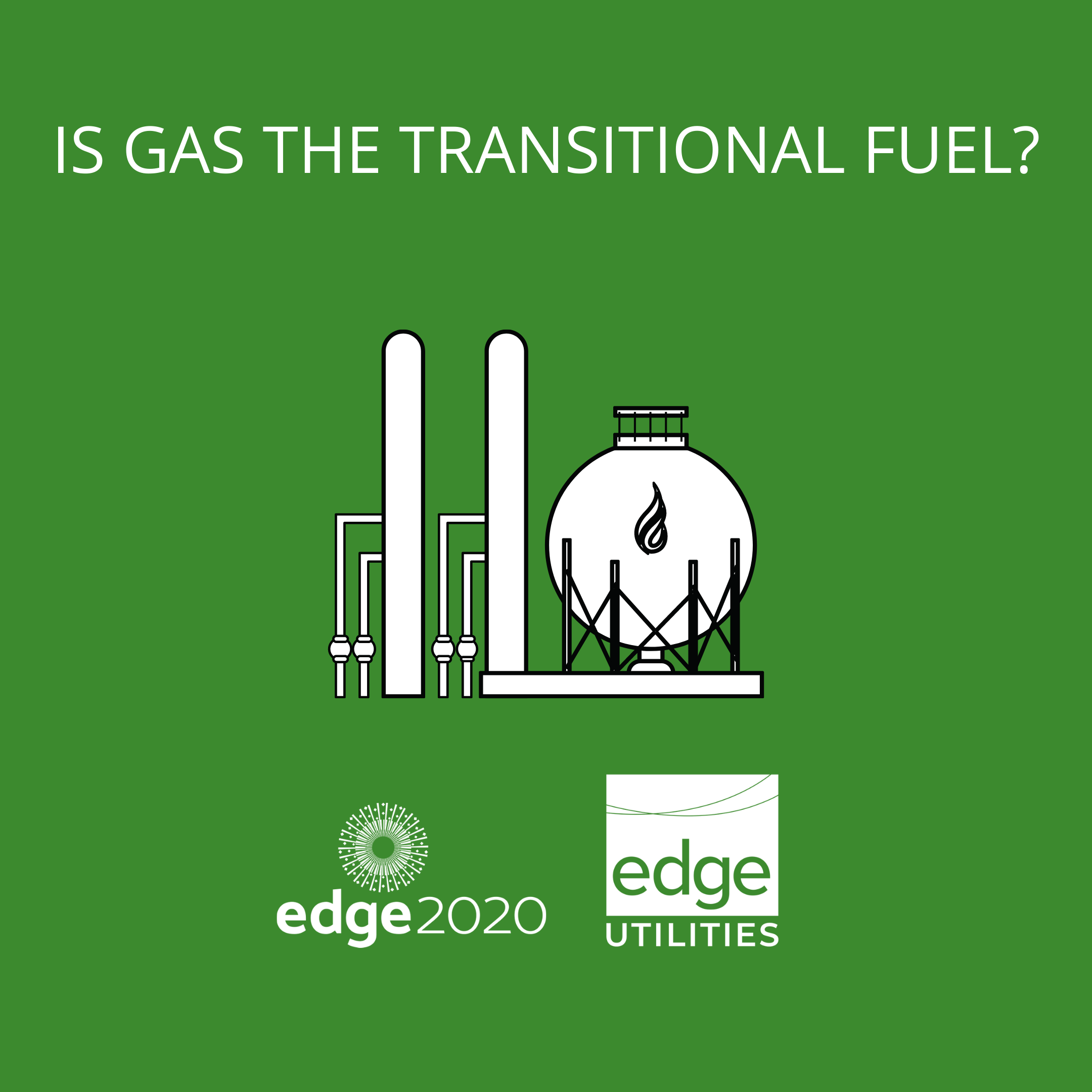 Following feedback from industry that gas is not the transitional fuel for Australia to help move from Coal fired generation to renewables, AEMO is grappling with their plan to model a ‘gas led recovery’ scenario for the 2022 Integrated System Plan (ISP).
Following feedback from industry that gas is not the transitional fuel for Australia to help move from Coal fired generation to renewables, AEMO is grappling with their plan to model a ‘gas led recovery’ scenario for the 2022 Integrated System Plan (ISP).
